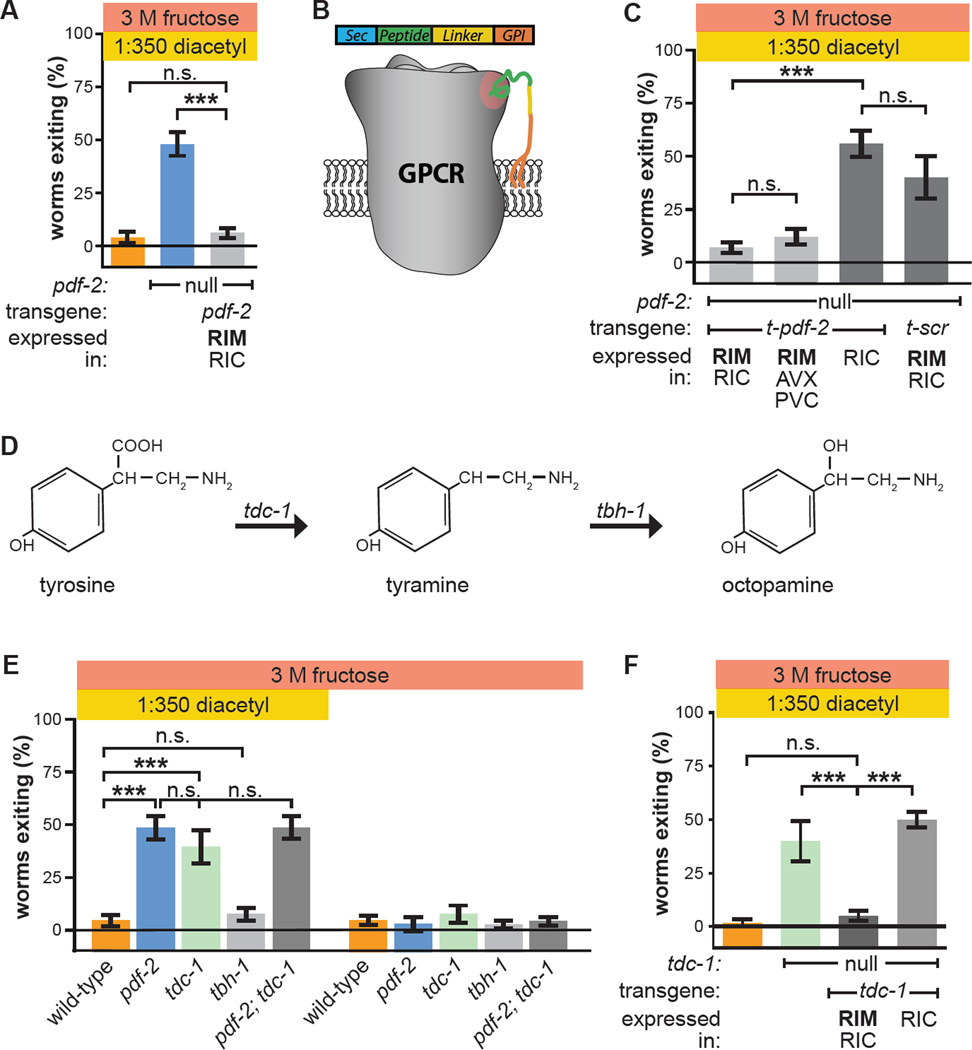Figure 3. PDF-2 signaling to PDFR-1 in RIM controls the multisensory decision balance by modulating tyramine secretion.
(A) Re-expression of PDF-2 in RIM and RIC in pdf-2 null-mutant worms using the tdc-1 promoter.
(B) Membrane-tethered peptide (t-peptide) system. Bioactive peptides can be expressed as chimeric fusion proteins with N-terminal secretory signal sequences and C-terminal glycolipid anchor targeting signals. t-peptides are secreted, but remain covalently anchored to the plasma membrane, and thus only activate their cognate receptors cell-autonomously. Adapted from Choi et al., 2009.
(C) Expression in pdf-2 null-mutant worms of t-PDF-2 using either of two promoters whose activity overlaps only in RIM; expression of t-PDF-2 in RIC alone; or expression of sequence-scrambled t-SCR in RIM and RIC. The tdc-1, nmr-2, and tbh-1 promoters are used to drive expression in RIM and RIC; RIM, multiple AV neurons, and PVC; and RIC alone, respectively.
(D) Tyramine is synthesized from tyrosine by tyrosine decarboxylase (TDC), encoded by the tdc-1 gene expressed in RIM and RIC. Octopamine is synthesized from tyramine by tyramine-β-hydroxylase (TBH), encoded by the tbh-1 gene expressed in RIC.
(E) Multisensory and unisensory decision balance of tdc-1 null-mutant worms, which lack both tyramine and octopamine, and tbh-1 null-mutant worms, which lack only octopamine. Decision balance of pdf-2; tdc-1 double-mutant is also shown.
(F) Re-expression of tdc-1 in RIM and RIC, but not RIC alone, in tdc-1 null-mutant worms.

